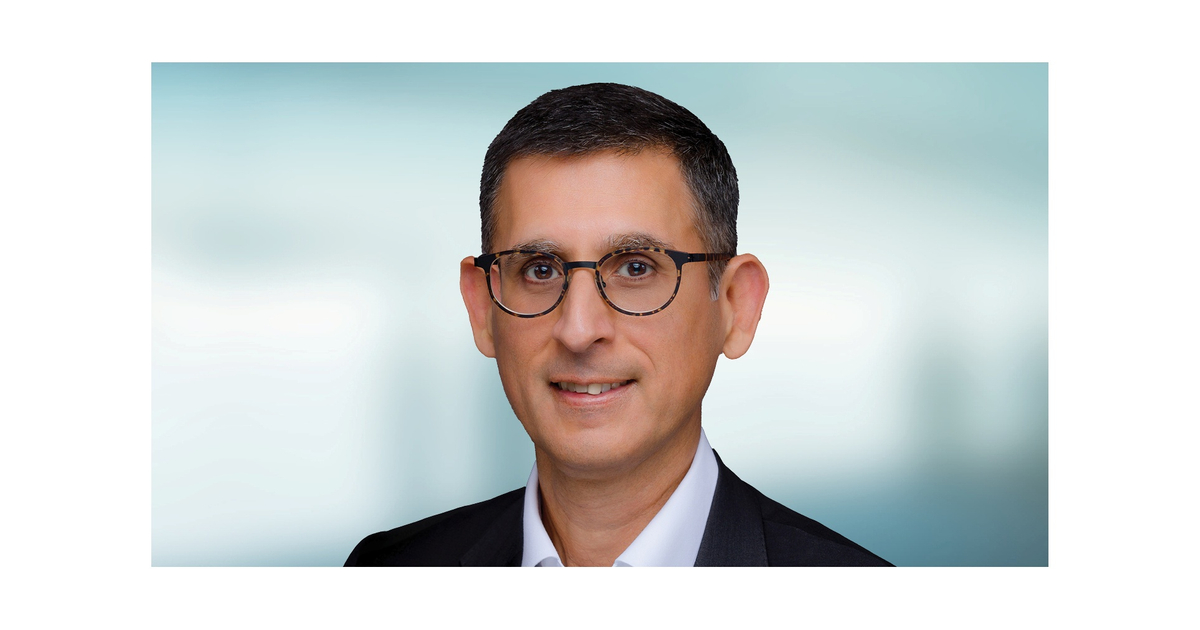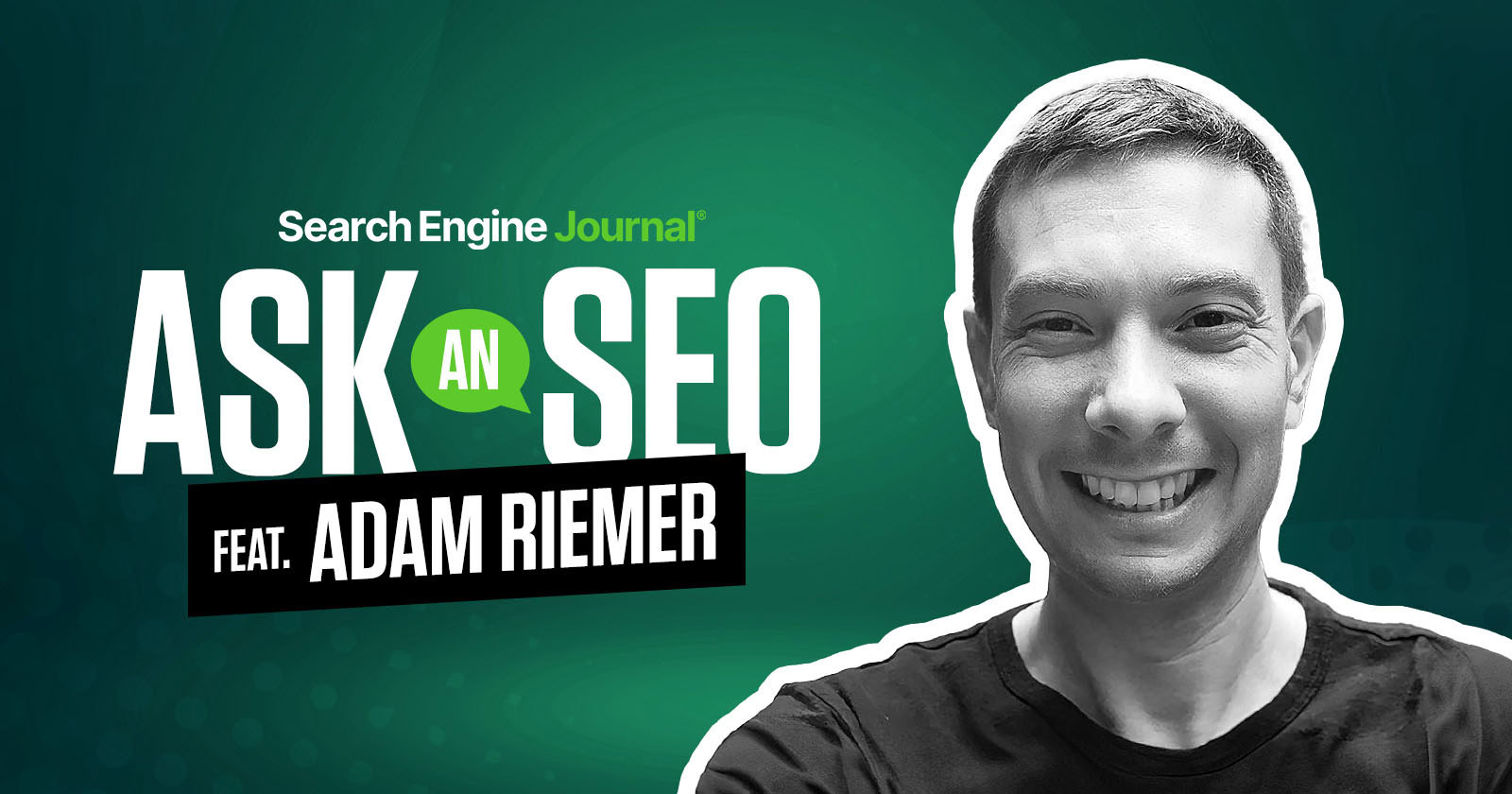How I Reclaimed My Body
Rev. Syd Yang on how the Heart Sutra supported them on their journey from self-harm to self-healing. The post How I Reclaimed My Body appeared first on Lion’s Roar.
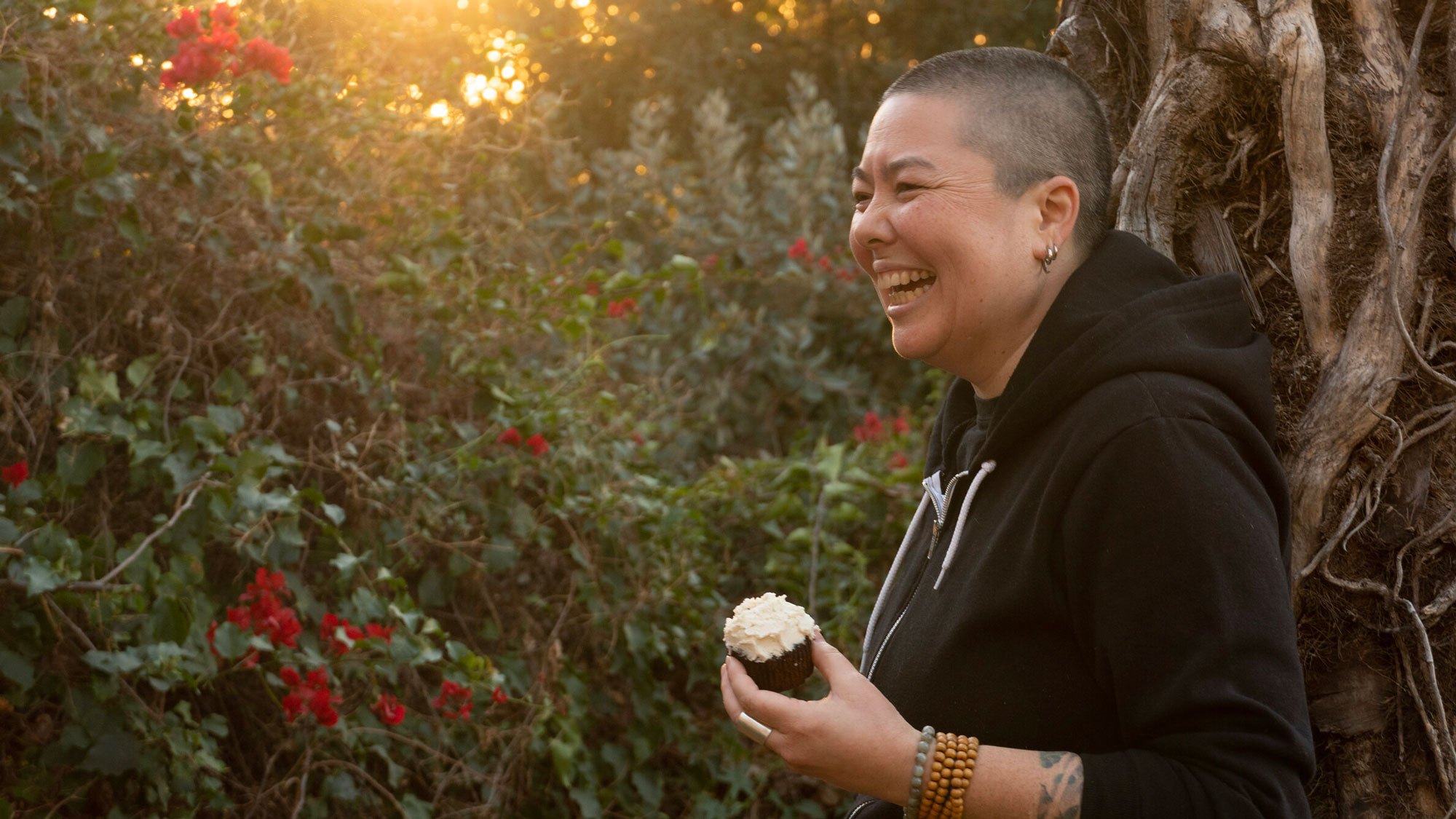
Slowly, words began to form inside me… a question that felt daring, even forbidden: “What if my body—this body—is the path to liberation? What if being fully in this body is how I’ll get free?”
As these thoughts quietly surfaced, I slowed my breath and sank my hips deeper into the cushion. Could the very thing I’d fought against my entire life—the thing I blamed for all my suffering—actually be the way through it?
Eating disorder behaviors first appeared in my body before I was ten years old. For decades, I restricted and purged to escape the emotional suffering I experienced while inhabiting a body that never seemed to fit in anywhere. I was too masculine for a girl, and I was attracted to girls in ways that made the adults around me uncomfortable. I was too Asian to blend in, yet too American to be Asian. For me, “belonging” was a foreign concept. Years of relentless bullying in grade school and junior high took a toll on my mind. My body wasn’t a place I wanted to be. I was terrified of the shame surrounding its queerness, its trans-ness, its Asian-ness. During those years, my eating disorder felt like a welcome break from that pain. It helped me escape.
“Recovery is a long and winding road—a committed and vulnerable practice of care.”
An eating disorder is rarely just about food. More often, it stems from a disconnection of mind and body—inner turmoil. Disordered eating is the second deadliest mental illness after opioid use disorder, and it can change the brain in ways similar to alcohol and narcotics abuse. Like recovering from substance addiction, healing from an eating disorder requires deep compassion, nonjudgmental community, and a willingness to embrace the physical form.
I grew up in an evangelical Christian household where I was taught that the body is sinful and that denying it is the only way to become more like God. In my early twenties, I began the journey of reclaiming Buddhism as a second-generation Taiwanese American. Disengaging from the colonial Protestant mindset that has drawn so many of my relatives and ancestors away from their indigenous and Buddhist practices wasn’t easy.
In the Buddhist spaces I found myself in, I often heard similar language about how attachment to desire is the root of suffering—that to be free, one must detach from desire. At the time, I understood this to mean that any attachment to the phenomenal world, including my body, would only exacerbate my suffering. Over and over, it felt like I was hearing the same message: The body is the problem.
Like all addiction and self-harm behaviors, there comes a point when continuing becomes unsustainable. I believed that recovery from an eating disorder would be quick and easy—I just needed to choose it. I thought that once I decided to walk in that direction, life would become simple.
I had a similar expectation the first time I read the Heart Sutra. “This is such a short and sweet text,” I thought. “It’ll be easy to understand.” I couldn’t have been more wrong.
Recovery is a long and winding road—a committed and vulnerable practice of care. And the more I sat with the Heart Sutra—reading, chanting, and savoring its words and phrases on my hungry tongue—an unending string of wisdom pearls unfurled within me.
The sutra teaches, “This body itself is emptiness, and emptiness itself is this body. This body is not other than emptiness, and emptiness is not other than this body.”
My body has no permanent, independent existence, I realized. It is only made of non-body elements. Recognizing my body as both being and non-being—form and not form—led me to an experiential understanding of emptiness. Form is not form, therefore form is form.
I began to consider that perhaps the body itself was not the problem; rather, it was my distorted attachments to it. What emerged for me was a profound new relationship with compassion, both for and within my body. It became clear that it’s through this body that I can experience compassion and wisdom. My body has become a site of practice where I encounter the dharma in every moment, every day.
The more I sat with the Heart Sutra, my body’s capacity to hold more tenderness grew. Neutral and nonjudgmental, this tenderness gave my body space to breathe. A deep softening emerged as my recovery intertwined with my study of the Heart Sutra.
I was opening up to something truly unexpected. Within the Heart Sutra, I hear both a promise and an invitation: embodiment can be a wisdom practice. Now, I hold my body with the same sacred care that I bring to bowing to the dharma.
Every day, I choose to walk the path of recovery, one that continues to surprise me and invites me to face my deepest fears and longings. My recovery teaches me to believe in possibilities that once seemed impossible, reminding me that my body—the very one I used to fight against—could be a path to liberation. Once my arch-nemesis, this body has become an ally. A spiritual friend.
My recovery invites me to experience belonging within an impermanent embodiment. Both recovery and the Heart Sutra teach me how to sit compassionately with others. Once again, I return to my breath. “What if my body—this body—is the path to liberation? What if being fully in this body is how I’ll get free?”
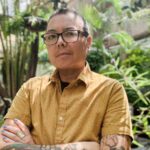
Syd Yang is an ordained Buddhist minister, spiritual counselor, movement chaplain, writer, speaker, teacher, and group facilitator. The work and medicine they share with the world centers the voices and lived experiences of queer, trans, non-binary folks of color and finds its resonance at the intersection of memory, bodies, sexuality, spirituality, and mental health.

 AbJimroe
AbJimroe 








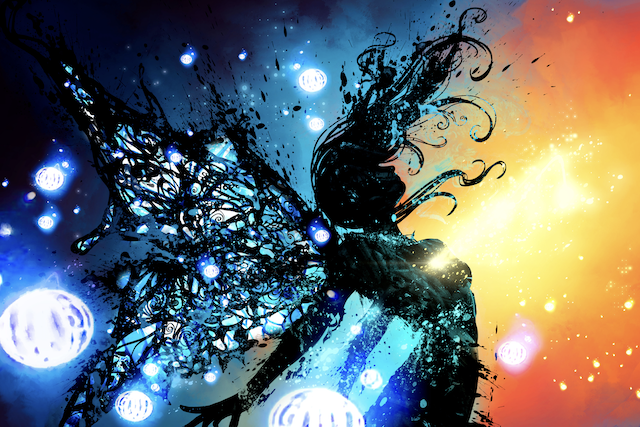

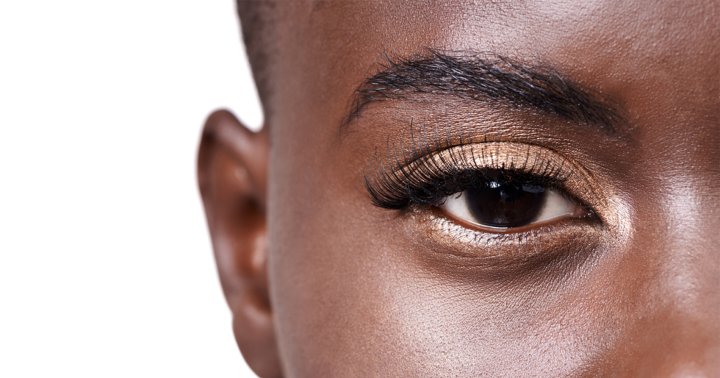












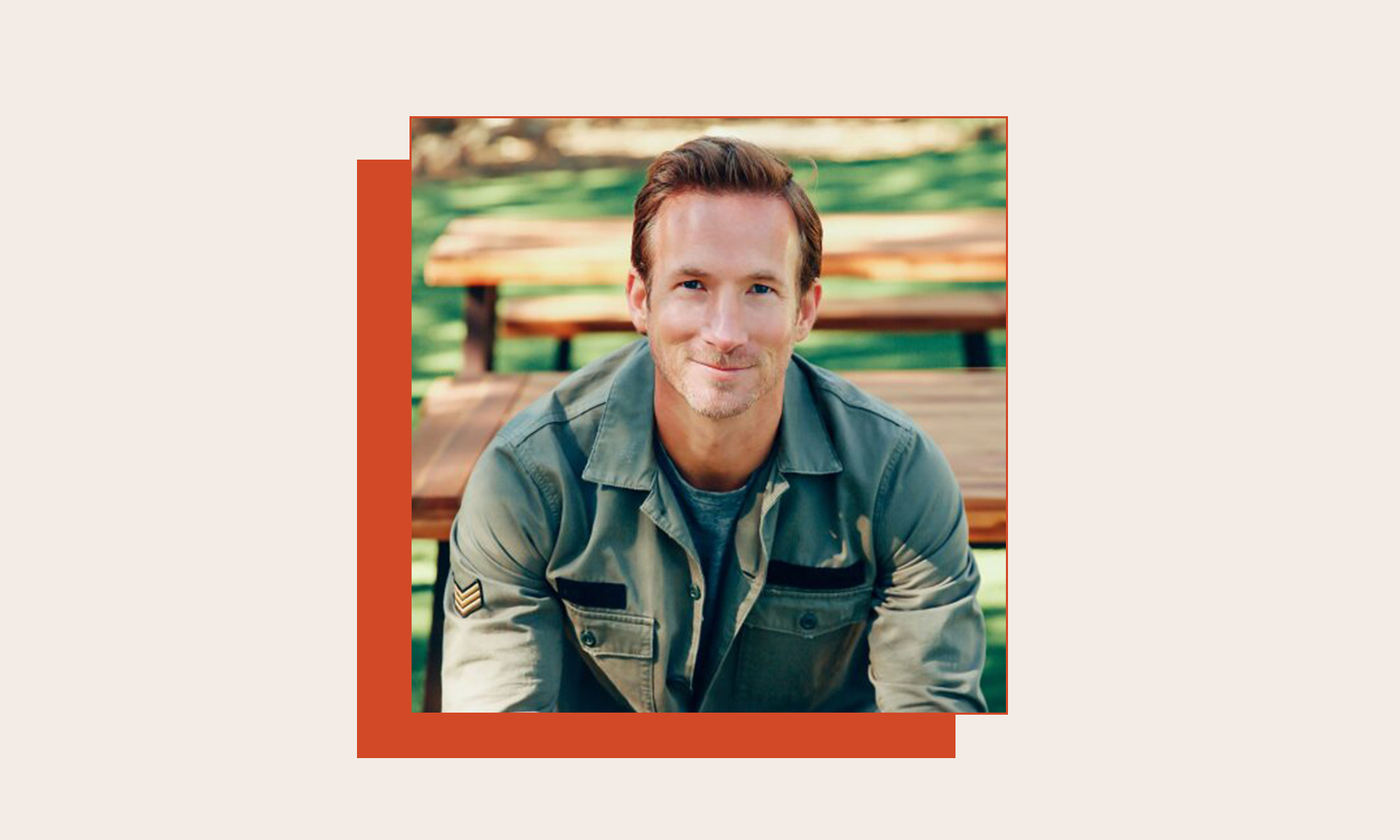
![How To Win Brand Visibility in AI Search [Webinar] via @sejournal, @lorenbaker](https://www.searchenginejournal.com/wp-content/uploads/2025/09/2-222.png)
.jpg&h=630&w=1200&q=100&v=6e07dc5773&c=1)


